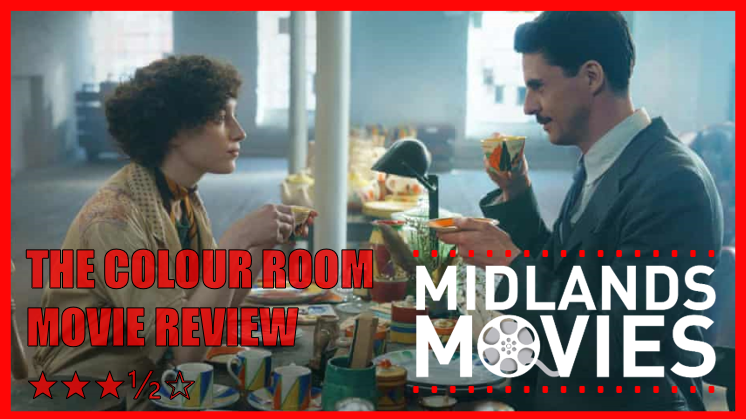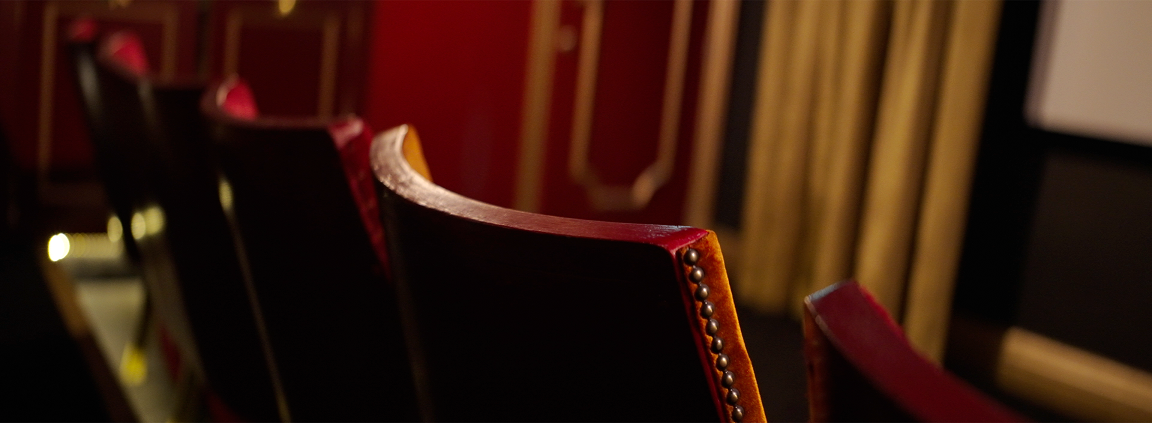Review of The Colour Room

The Colour Room (2022) Dir. Claire McCarthy
Director Claire McCarthy brings ceramicist Clarice Cliff’s story to life, looking at the creative and business endeavours of a woman who pioneered so much in the pottery world but is known so little elsewhere.
The film takes us to 1920s industrial Stoke with Bridgerton’s Phoebe Dynevor taking the starring role as the young woman finding her own passionate path in a world some feel she does not belong to.
The film has a beautiful sense of time and place with factory chimneys puffing out plumes of smoke across the town but Clarice and her work standout amongst the barriers she faces. Even her colourful clothing is at odds with the earthy browns and reds of the pottery factories and the dirty aprons of the male employees.
After being accused of stealing clay from the factory she works at, Clarice crosses paths with Colley Shorter (Matthew Goode) who spots her design flair. She is moved under the wing of David Morrissey as Fred Ridgeway, who is less of a mentor than an “encourager” of her work, knowing her talent lies in her unconventional approach.
Her education and skills cause upset in this patriarchal pottery world but her brave choices pay off with persistence – and Dynevor also imbues her with a fair amount of depreciating humour. And before long Clarice is bucking more trends by not specialising in one specific skill but learning many tricks of the trade and winning further favour with Mr. Shorter.
After an accident leaves the business with an abundance of unused stock, Clarice launches her new “Bizarre” range which repurposes old items with her daring, new, and non-traditional designs.
Eventually the two embark on a romantic relationship but the film doesn’t shy from this difficult subject as it explores all facets of her character even the tricky issue of an illicit affair with a married man.
But with family tragedy and orders non-existent, the obstacles pile up but this plucky working-class rebel digs deep and continues fighting for her chance to succeed. The film’s warm cinematography captures a nostalgic kiln-like glow but, like the art-deco designs, also includes flashes of bright colour and radiant lighting.
An influencer and innovator, Clarice’s contemporary work spoke to women but her business practices also helped her commercial success and the film captures this spirit perfectly.
In the end, The Colour Room moulds an engaging portrayal of a pioneering lady who forged a career in a traditionally oppressive environment with a unique story and a great central performance. And the film successfully shows how Clarice’s bold and exciting creations were as ground-breaking and risky as the battles she fought in the workplace to get them made.
★★★½☆
Michael Sales





